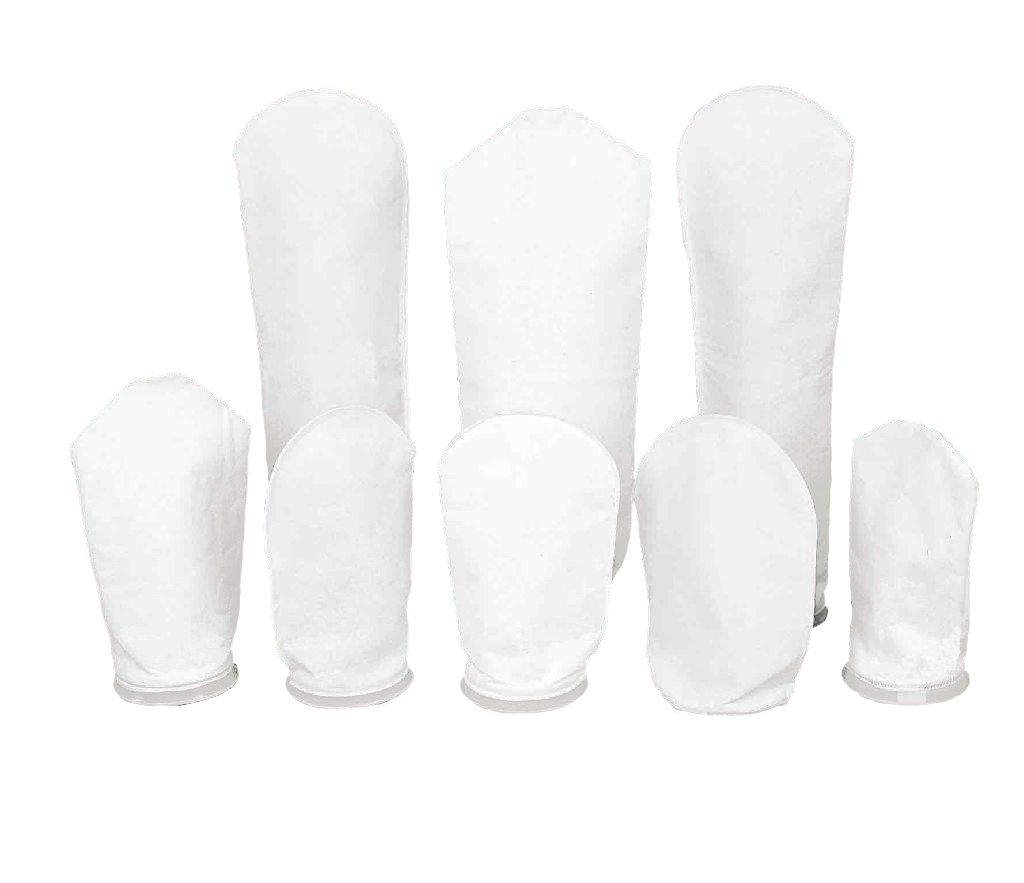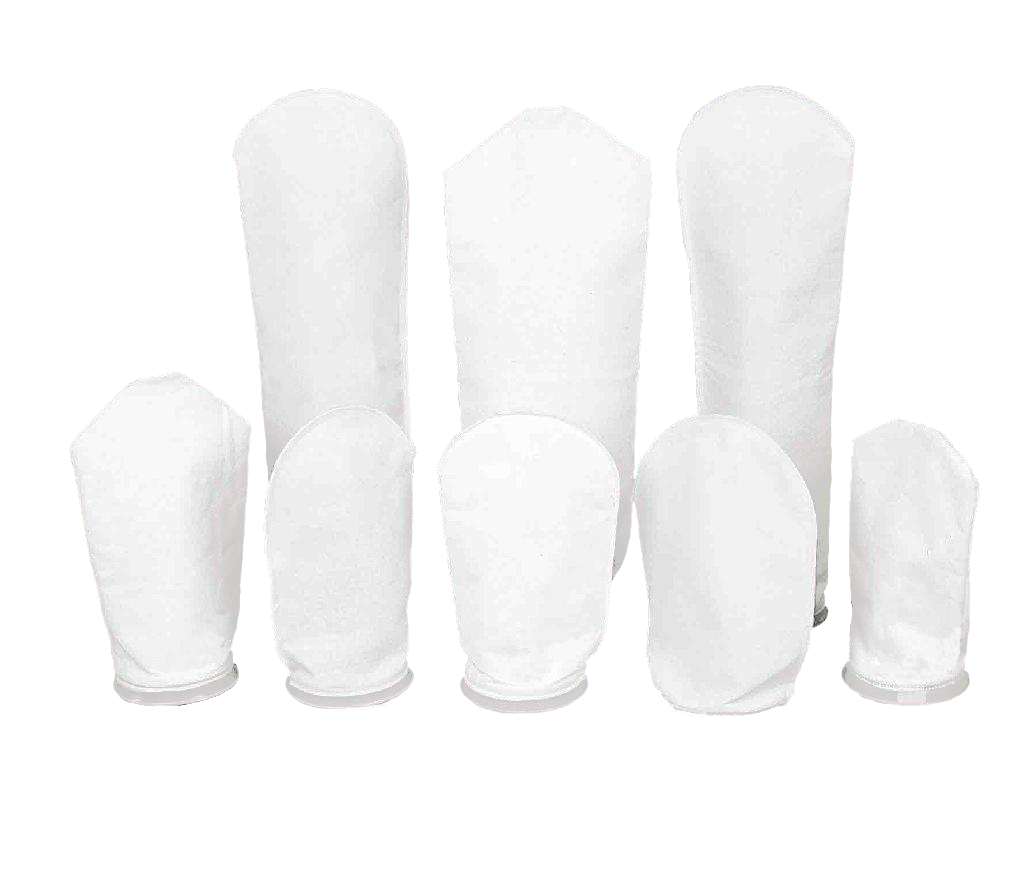Air quality is a crucial aspect of environmental health, directly impacting human well-being and ecological balance. With industrialization and urbanization accelerating globally, the emission of pollutants into the atmosphere has become a significant concern. Among various technologies employed to mitigate air pollution, HEALU filter bags have emerged as a pivotal tool in improving air quality.

Mechanisms of Filter Bags
How Filter Bags Work
Filter bags, also known as bag filters or fabric filters, operate on the principle of mechanical filtration. They consist of fabric media housed within a steel or other durable material frame. As contaminated air passes through the filter bag, particulate matter such as dust, smoke, and other suspended solids are trapped on the bag's surface due to the sieving action of the fabric fibers and surface properties like electrostatic attraction. Clean air then exits the system, leaving behind captured pollutants that can be periodically removed and disposed of properly.
Types of Filter Bag Materials
The choice of filter bag material is crucial, as it determines the efficiency, durability, and cost-effectiveness of the filtration process. Common materials include polyester, polypropylene, nylon, PTFE (polytetrafluoroethylene), and glass fiber. Each material offers unique properties such as temperature resistance, chemical compatibility, and particle retention capability, making them suitable for specific applications ranging from general industrial dust collection to high-temperature flue gas cleaning.
Advantages of Using Filter Bags
High Efficiency
One of the foremost advantages of filter bags is their high filtration efficiency. Depending on the material and design, they can achieve removal efficiencies exceeding 99% for particles as small as 0.1 micrometers. This makes them ideal for applications requiring stringent emission control standards, such as in the power generation, cement, and chemical processing industries.
Cost-Effectiveness
Despite their initial investment, filter bags offer long-term cost savings. Their extended service life, coupled with low maintenance requirements and energy-efficient operation, contributes to overall economic viability. Additionally, the ability to reuse or recycle some types of filter bags further enhances their cost-effectiveness.
Environmental Benefits
By significantly reducing particulate emissions, filter bags contribute to improved air quality and public health. They help prevent respiratory diseases, reduce greenhouse gas emissions, and protect ecosystems from harmful pollutants. Their role in complying with environmental regulations also facilitates sustainable industrial development.
Applications of Filter Bags
Industrial Dust Collection
In manufacturing facilities, filter bags are widely used in dust collectors to capture particles generated from various processes such as welding, grinding, and material handling. They ensure a cleaner working environment, protect machinery from wear and tear, and maintain product quality.
Flue Gas Desulfurization (FGD) Systems
In power plants, filter bags are integrated into FGD systems to remove sulfur dioxide (SO2) and other pollutants from flue gases before they are released into the atmosphere. This not only complies with emissions standards but also mitigates acid rain and other environmental impacts.
Hazardous Waste Management
In handling hazardous materials, filter bags provide a critical barrier against the release of toxic substances. Specialty bags designed for high-efficiency filtration and chemical resistance are employed to safely contain and dispose of contaminated dust and gases.
Challenges and Innovations in Filter Bag Technology
Addressing Wear and Corrosion
While highly effective, filter bags face challenges such as wear and corrosion from abrasive particles and corrosive gases. Ongoing research focuses on developing more durable materials and enhanced surface treatments to extend bag life and reduce replacement costs.
Smart Monitoring Systems
The integration of smart sensors and IoT technology is revolutionizing filter bag maintenance. Real-time monitoring of differential pressure, temperature, and humidity allows for predictive maintenance, optimizing filter performance and minimizing downtime.
Sustainable Materials
The quest for sustainability is driving innovation in filter bag materials. Biodegradable and recyclable options are being explored to reduce environmental footprint and waste associated with traditional filter media.
Conclusion
Filter bags stand as a cornerstone in the fight against air pollution, offering high efficiency, cost-effectiveness, and wide applicability. As technology advances, their design and materials continue to evolve, addressing challenges and embracing innovations that enhance performance and sustainability. As the world strives for cleaner air and a healthier planet, the role of HEALU filter bags as a key tool for improving air quality will only grow more critical.
https://www.healuair.com/filter-bag-a-key-tool-for-improving-air-quality.html


